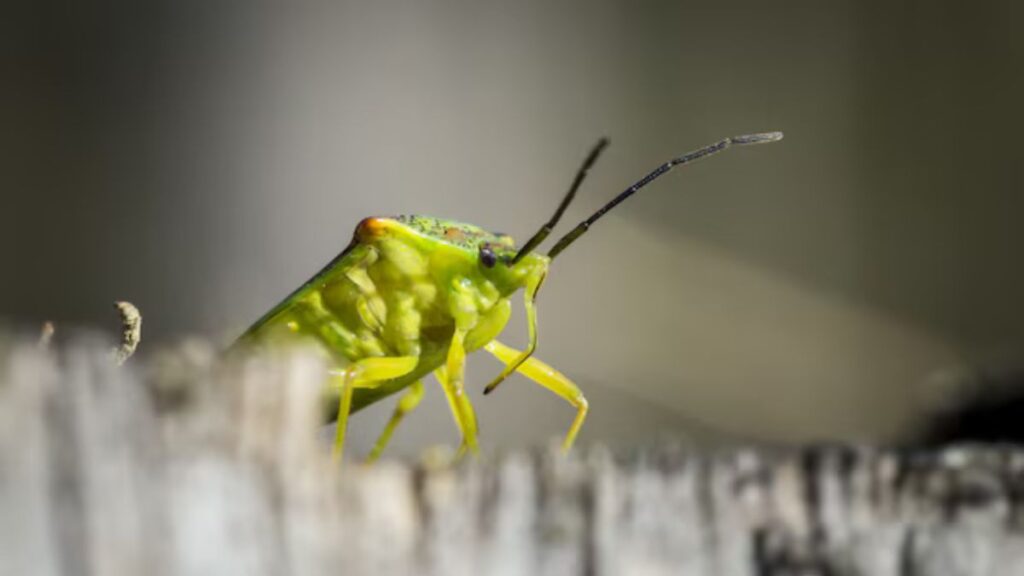House crickets may seem harmless at first glance, but their constant chirping and potential damage to your belongings can quickly become a nuisance. These small, brownish insects often find their way indoors, especially during cooler months, in search of warmth and food. Understanding how to effectively get rid of house crickets is crucial for maintaining a peaceful and undisturbed living space. Here, we’ll explore practical solutions and preventive measures to keep your home cricket-free.
Understanding the Cricket Problem
House crickets typically thrive in warm, humid environments, making your home an attractive destination. They are nocturnal creatures, so you may hear them chirping at night while trying to sleep. Beyond the noise, crickets can chew on various household items, including fabrics, wallpaper, and even wood, leading to unexpected damage. Knowing their habits and preferred habitats is the first step in combating them effectively.
Identifying Signs of a Cricket Infestation
The most obvious sign of a cricket infestation is their chirping sound, which is produced by male crickets to attract mates. You may also notice small, dark droppings near areas where crickets are active. Damage to fabrics, such as holes in curtains or upholstery, can also indicate their presence. Spotting crickets themselves, especially in dark corners or near windows, confirms the need for immediate action.
Professional Pest Control Services
If your cricket problem persists despite your best efforts, it may be time to call in professional pest control services. Experts use safe solutions for house crickets and have the tools and knowledge to locate and eliminate them effectively. They can also provide advice on preventive measures tailored to your home’s specific needs.
Natural Methods to Remove House Crickets
If you prefer an eco-friendly approach, several natural remedies can help eliminate crickets:
Diatomaceous Earth: Sprinkling this powder in areas where crickets are active can dehydrate and kill them.
Homemade Traps: Place a shallow bowl filled with soapy water near light sources to attract and trap crickets.
Essential Oils: Scents like peppermint or tea tree oil act as natural repellents. Apply diluted oil around entry points or areas where crickets congregate.
These methods are safe for both humans and pets, making them an ideal choice for households with children or animals.
Using Chemical Solutions Safely
For severe infestations, chemical solutions may be necessary. Insecticides specifically designed for crickets are available in sprays, powders, and bait forms. Apply these products to areas where crickets hide, such as basements, crawl spaces, and around windows. Always follow the manufacturer’s instructions to ensure safe usage and avoid potential harm to other household members.
Sealing Entry Points
Preventing crickets from entering your home is key to long-term control. Inspect your home for cracks and gaps, particularly around windows, doors, and foundation walls. Seal these openings with caulk or weatherstripping to block their access. Installing mesh screens on windows and vents can also serve as an effective barrier.
Reducing Attractants Around Your Home
Crickets are drawn to light and moisture. Minimizing these attractants can discourage them from invading your home:
Adjust Outdoor Lighting: Use yellow or sodium vapor lights, which are less attractive to insects.
Fix Leaks: Address any plumbing leaks or areas of excessive moisture, as crickets are drawn to damp environments.
Declutter Your Yard: Keep your yard tidy by removing piles of wood, leaves, or other debris where crickets may hide.
Maintaining a clean and dry home environment further reduces their appeal.
Ongoing Maintenance for a Cricket-Free Home
Keeping your home cricket-free is an ongoing process that requires consistent attention and effort. Start by regularly inspecting your home for any signs of cricket activity, such as chirping sounds or droppings, and take immediate action to address the issue. Seal cracks, gaps, and other potential entry points to prevent crickets from finding their way inside. Additionally, eliminate attractants by keeping your living spaces clean, removing clutter, and storing food properly. Don’t overlook outdoor areas—trim grass, remove debris, and ensure proper drainage to make your yard less inviting. Regular maintenance and vigilance not only help keep crickets at bay but also protect your home from other unwanted pests, creating a comfortable and pest-free environment.
Getting rid of house crickets doesn’t have to be a daunting task. By understanding their behavior, utilizing natural and chemical solutions, and implementing preventive measures, you can effectively protect your home. Consistent maintenance and, if needed, professional help will ensure that your living space remains peaceful and cricket-free. With these strategies, the only chirping you’ll hear will be from a distance, far from the comfort of your home.







